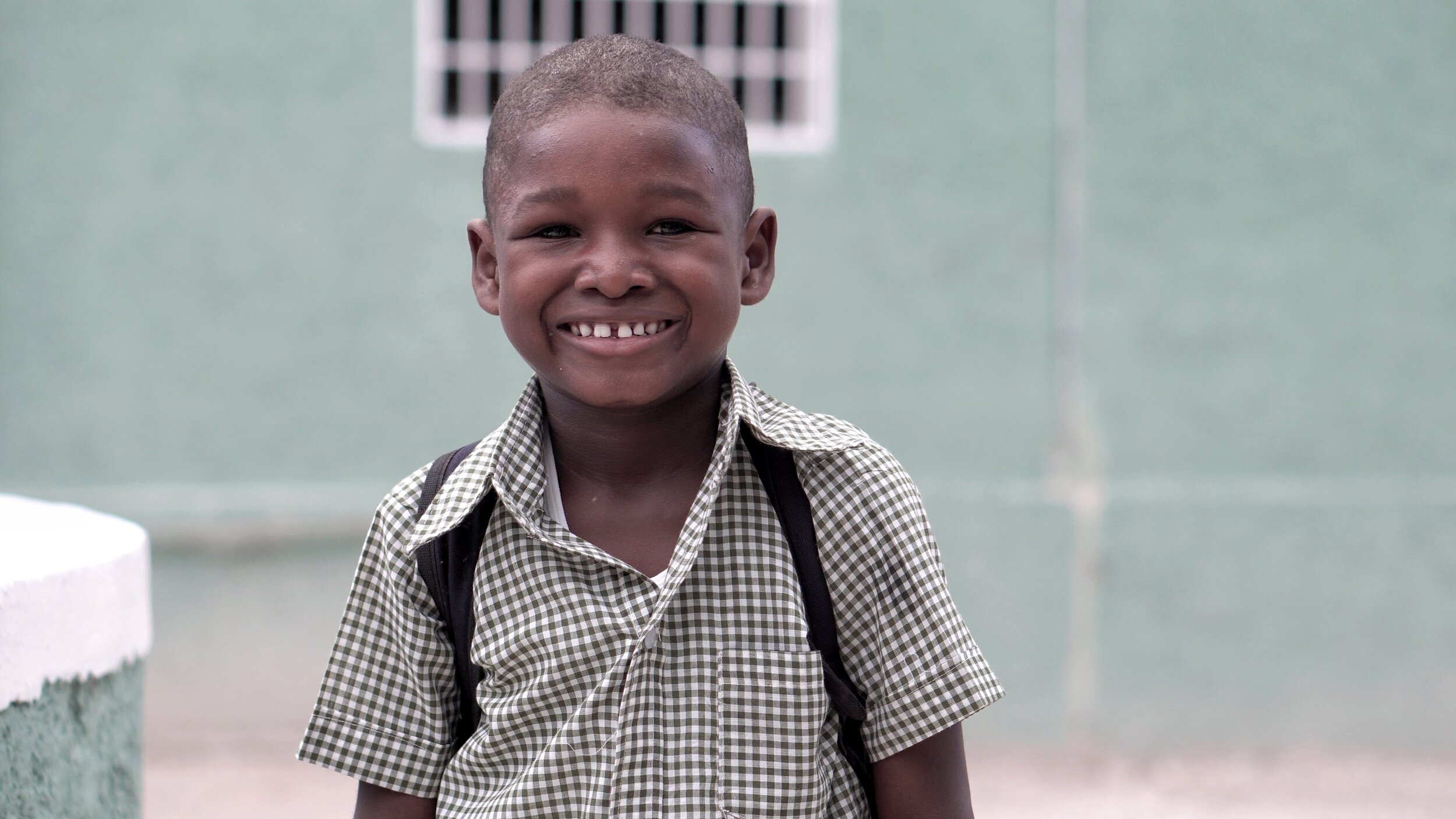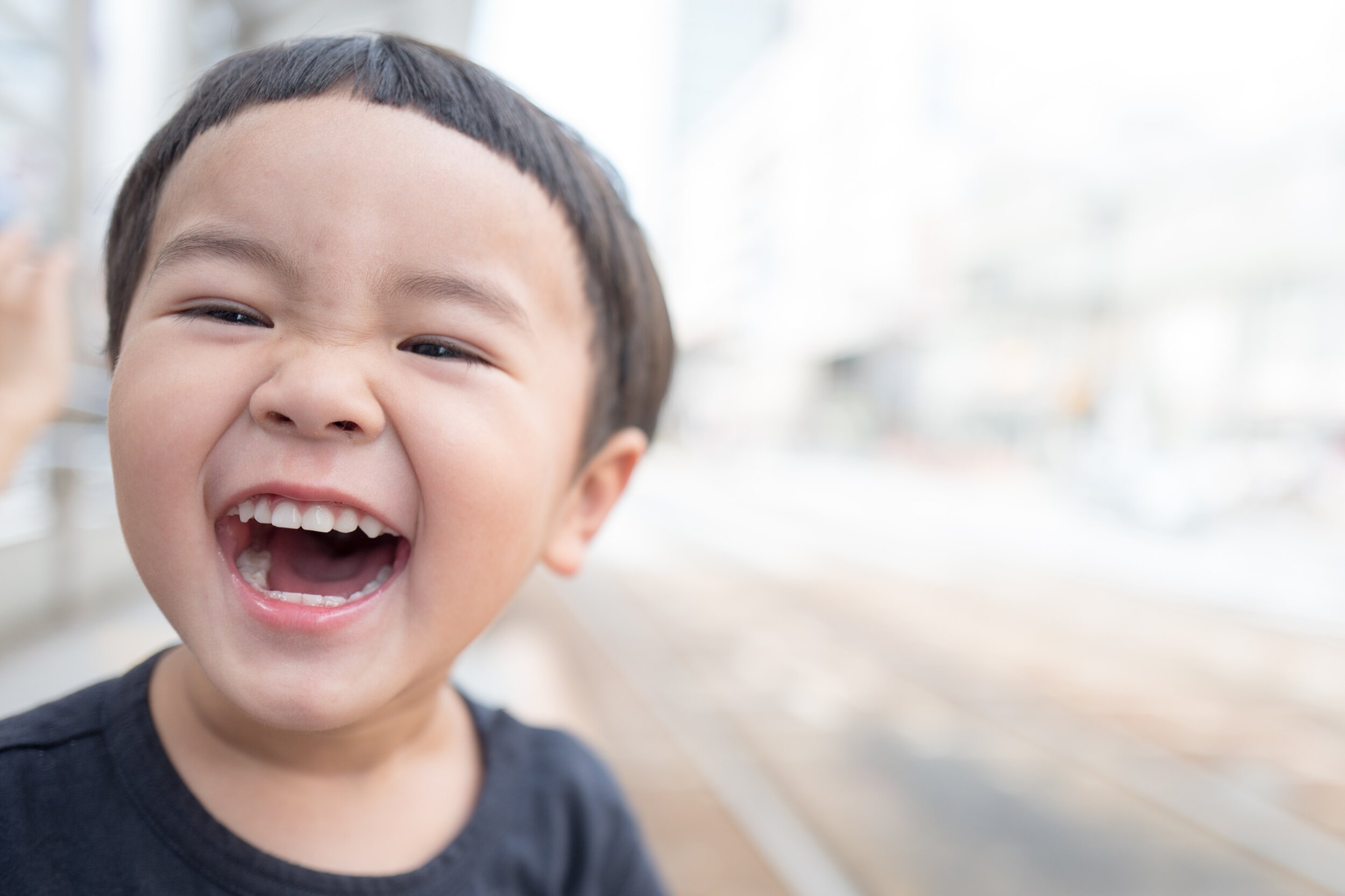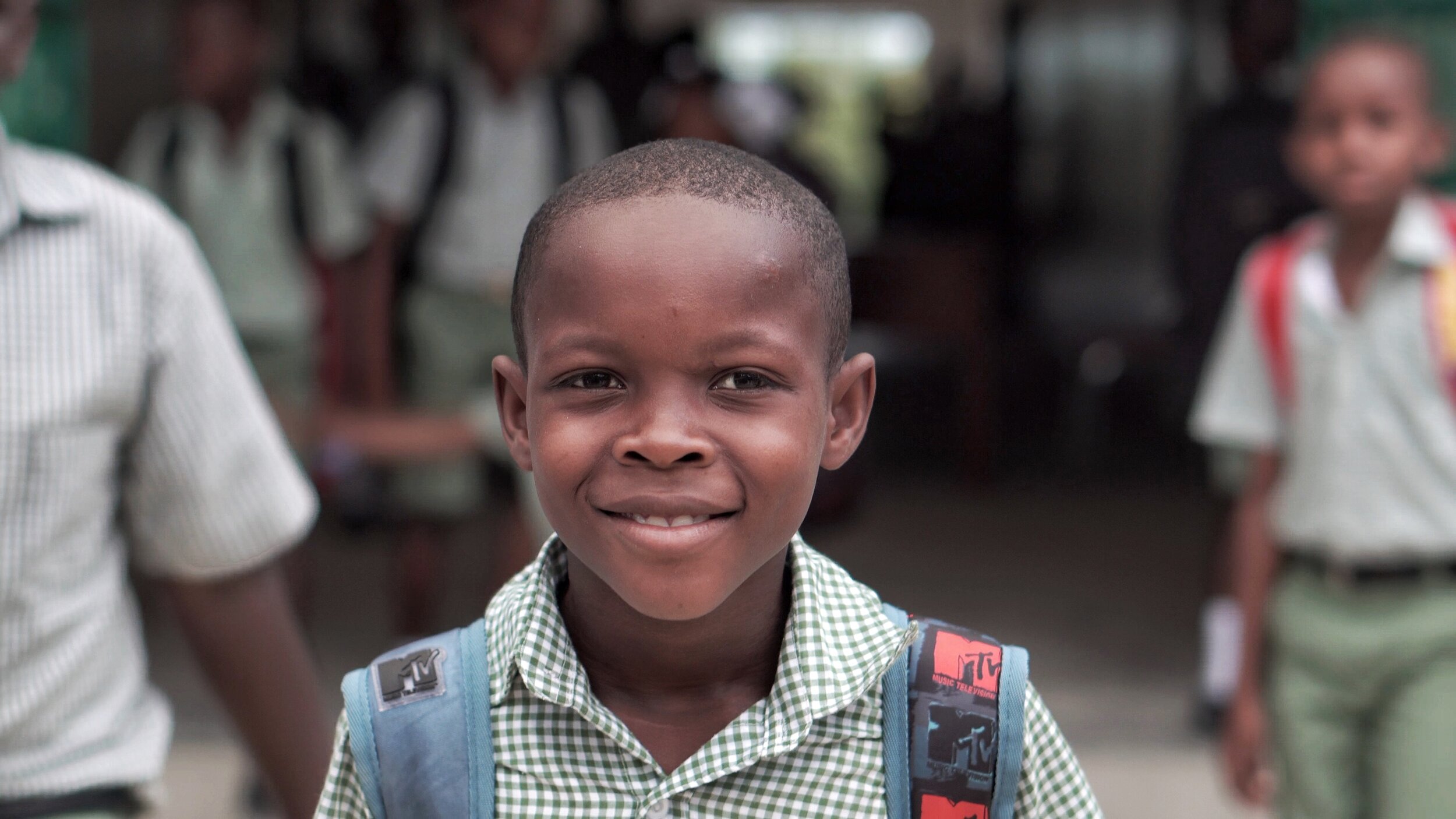
BLOG POSTS
Smile A While
Just a few minutes into my Zoom presentation on Trauma Informed Schools (TIS) recently, my lovely dog, Maite, went from fully asleep to full on alarm barking, more or less right in my face, having jumped up onto my kiddo’s bed to get close to the window. Not only could no one hear me, but I was so startled my heart rate spiked and my breath got shallow. It took me a good 30 seconds to get myself back on track. This isn’t the first time she’s startled me like that, but it hasn’t gotten any easier.
Just a few minutes into my Zoom presentation on Trauma Informed Schools (TIS) recently, my lovely dog, Maite, went from fully asleep to full on alarm barking, more or less right in my face, having jumped up onto my kiddo’s bed to get close to the window. Not only could no one hear me, but I was so startled my heart rate spiked and my breath got shallow. It took me a good 30 seconds to get myself back on track. This isn’t the first time she’s startled me like that, but it hasn’t gotten any easier.
I don’t actually have any pictures of Maite in alarm bark mode, because I’m usually to startled to take one. This one shows Maite at McClaren Park in the woods with a stick in her mouth that’s about 3 times as long as she is. There are several other dogs behind her, part of her pack when she could go with a crowd to the park.
If that had happened a few years ago when I recorded my first (very bad) webinar, I think some participants might have judged me for unprofessionalism. But now? This is the new reality of Distance (crisis) Learning. These things happen all the time these days, in the form of pets, small children, partners/roommates and other surprise sounds and sights.
And this isn’t just happening in professional trainings. It is happening in K-12 classrooms, too. In many ways, I think this is a fabulous opportunity to bridge the distance that often shows up between educators and their students. Seeing and hearing bits and pieces of “real life” is a great way to build this connection.
Pic shows smiling baby face with Asian features and no teeth
I just heard from a teacher recently how much her high schoolers appreciate it when her toddler comes into view, and I know my partner’s students like to see and hear from Maite from time to time.
One way to build Compassionate and Dependable Relationships is to help students see the grown-ups at school as part of their community, as “regular” people, with good days and hard days, who are learning and growing too. Back in the long ago, this happened more naturally, as your teachers were right from your community, your aunt, or the woman who plays piano at your church. They were people you saw outside the classroom, that you heard about in the neighborhood. Now with people moving around the country much more frequently, that isn’t often the case.
Pic shows multiple smiling faces
I encourage you to be gentle with yourself and your students. To smile when your humanity shows, because this allows them to know you are not judging them or their situations. I hear teachers doing this with such grace and I hear students responding sometimes with such glee that I feel a little less hopeless about this time of crisis learning. Smile with your students as you wrap up. You’ll all feel better for it.
Except for images I take myself, all my images come from upsplash.com a great source for free photos.
Lasting, Systemic Change
Yesterday I spent a several hours in a Zoom meeting (welcome to the new world). It was the San Francisco Unified School District Board meeting, and lots of interesting things were discussed, including grading and other plans for going forward this year. Another point of discussion was Resolution No. 204-14A1, To Establish Policies and Procedures for the San Francisco Unified School District to Provide Trauma-Informed, Coordinated Care that Promotes Resilience and Healing During and After the COVID-19 Pandemic, Commissioners Faauuga Moliga, Gabriela Lopez, and Allison M. Collins.
Yesterday I spent a several hours in a Zoom meeting (welcome to the new world). It was the San Francisco Unified School District Board meeting, and while that may not sound fun at first take, it was fantastic to see the student delegates passionately entering discussion, and to hear from so many community members. Lots of interesting things were discussed, including grading and other plans for going forward this year.
Another point of discussion was Resolution No. 204-14A1, To Establish Policies and Procedures for the San Francisco Unified School District to Provide Trauma-Informed, Coordinated Care that Promotes Resilience and Healing During and After the COVID-19 Pandemic, Commissioners Faauuga Moliga, Gabriela Lopez, and Allison M. Collins. Dr. Joyce Dorado, the co-founder of Healthy Environments and Response to Trauma in Schools (HEARTS), helped with the draft, working with Leslie Hu from Martin Luther King Jr. Academic Middle School, and I was there to speak in favor of it.
For those of y’all who don’t know, San Francisco Unified School District has been doing trauma-informed work for more than 10 years. There have even been stories about that work! All of the social workers in the district receive multiple days of training on trauma informed practices, trainings that are open to other folks, too. Nurses, administrators, school psychologists, para educators, PE teachers, and noon monitors have come to those and other trainings. Some schools have spent years specifically working on developing more trauma informed practices. Many other schools have begun that work, through trainings, consultations, wellness plans and other creative methods. School social workers have come up with many different ways to support students, families and educators. So much good work has already been done.
This resolution is in part a way to coordinate and consolidate all that work, to support both students and families, and also educators and support staff. It recognizes the way that this crisis is affecting all of us, and the way that it may impact people who have already experienced trauma, including structural racism and disparities. It acknowledges the way that those traumas are exacerbating the impact of the COVID-19 crisis. I was also heartened to see student and family voice included in the plan, directly in terms of gathering input on what’s needed.
I hope that this helps schools move toward lasting, systemic change. I’m glad the resolution passed, and I’m ready to support it in any way that I am able.














